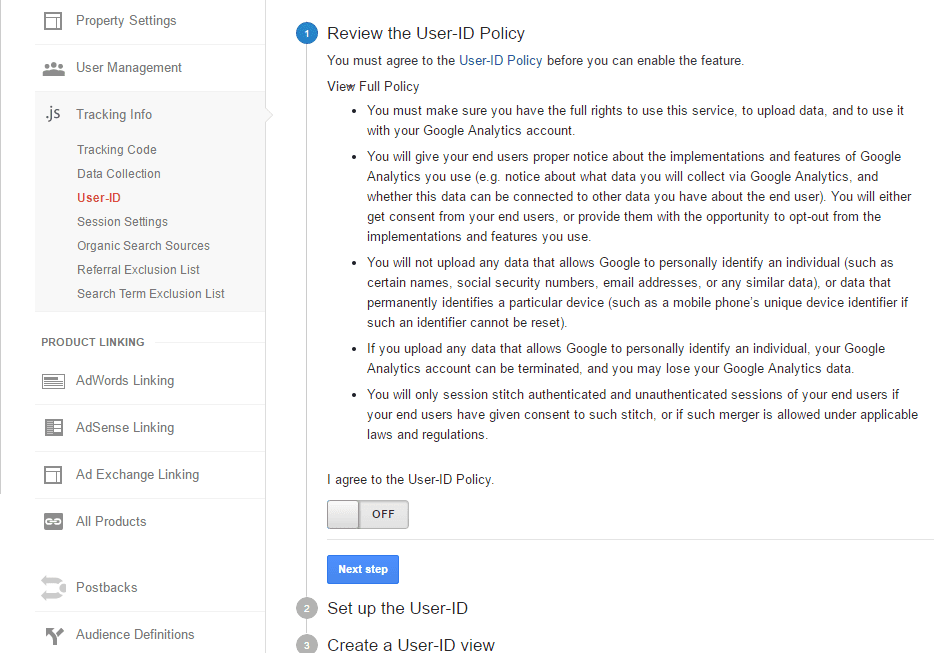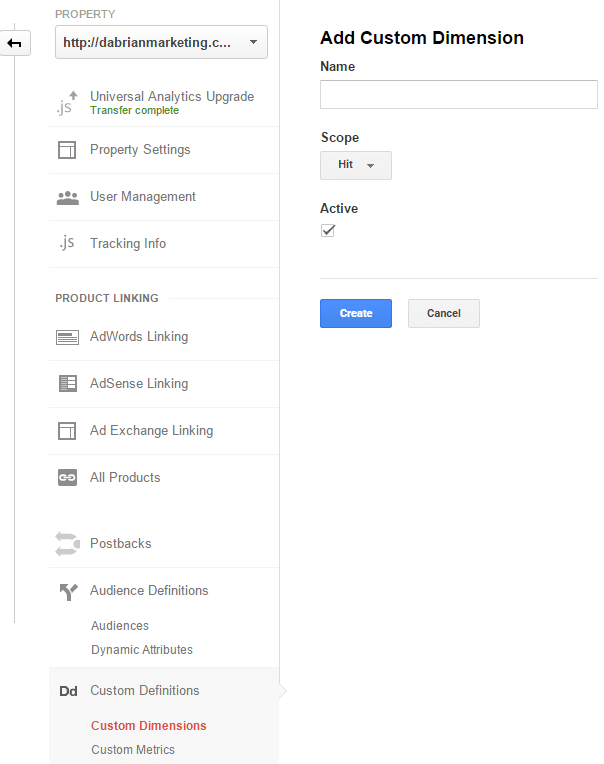Businesses are always attempting to understand customer behaviors more accurately. MailChimp (email marketing service) provides businesses with the ability to send promotions, automated follow-up emails, and a lot more. Unfortunately, it doesn’t automatically connect the email marketing metrics with your website’s Google Analytics metrics to gain an understanding of what people did after clicking a link to your website. Here’s some information to help you understand the purpose and get more data to improve the effectiveness of your email campaigns through Google Analytics and MailChimp:
Implement Basic Set-up Google Analytics & MailChimp
The integration between Google Analytics and MailChimp gives businesses an opportunity to track email marketing campaigns within analytics. It goes beyond the standard email marketing metrics within Mailchimp and into the customer’s behavior after leaving the email to browse your website.
Annotate Google Analytics with MailChimp Launch Dates
In many cases, your email campaign will be opened within 48 hours after the launch. Did you notice any incremental customers on your website, new leads, or online purchases? By annotating your Google Analytics account correctly, you will be able to see any incremental activity.

A/B Test Email Marketing Campaigns with MailChimp
Email marketing campaigns are used to increase awareness of an offering or generate leads and sales. Why not test which email marketing elements are leading to awareness, leads, and sales with A/B testing? With MailChimp, you can test elements such as subject lines, who it’s from, content, and delivery time. When Google Analytics and MailChimp are integrated, an email marketing campaign that’s associated with the A/B test will be visible within Analytics too.
Track Users Across Devices with MailChimp IDs & Google Analytics
Your potential customers are using multiple devices (tablet, mobile, and PCs) to compare offerings or products. Track your users across devices with a MailChimp ID to see which devices generate leads and sales. You’ll need the Google’s Universal Analytics code on your website. Set-up a User ID view within Google Analytics. Add the MailChimp ID to the links within your email campaign. Finally, send the User ID to your Google Analytics.

Create a Custom Dimension in Google Analytics for MailChimp User ID

I only touched on the capabilities for integration between Google Analytics and MailChimp here. I encourage you to implement these and see how it impacts the top of your email marketing campaign funnel (delivery > opens > click> website > conversions). Send me any thoughts or issues that you’re having with Google Analytics, MailChimp or your email marketing platform.

Leave a Reply